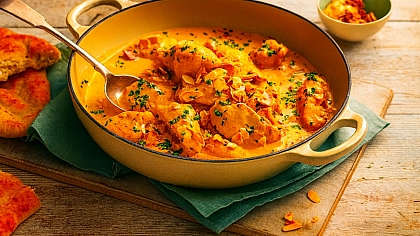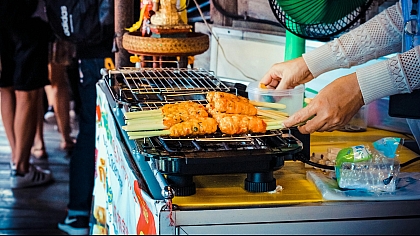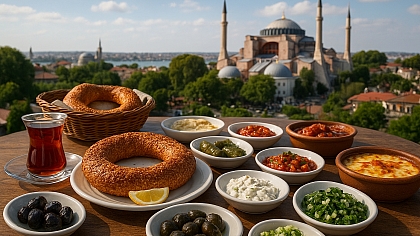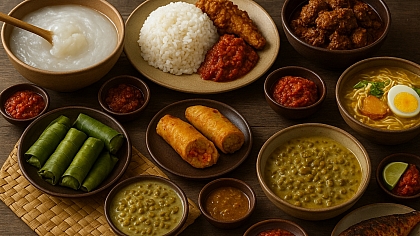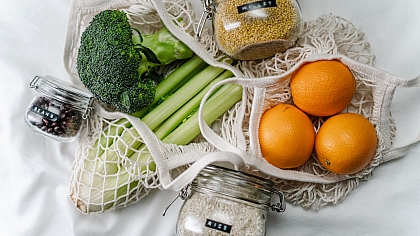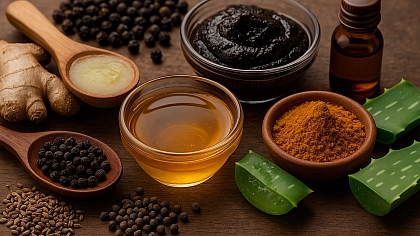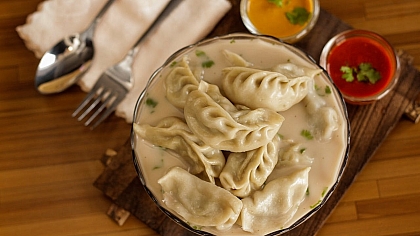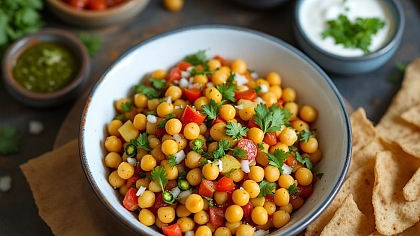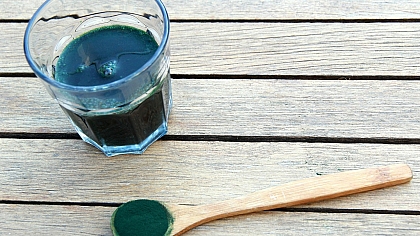
The Difference Between Herbs and Spices
Food would not be the same without herbs, and spices and people may not actually realise how important they are; imagine the culinary world without these precious seasonings… it would be quite bland indeed!
Herbs and spices add delicious flavours to food making it both taste and look a lot more exciting but that is not the only benefit to them, some particular varieties are essential in different cuisines from around the world.
Adding sumac to a dish gives it a Middle Eastern flavour whereas a sprinkling of garam masala gives a dish some real Indian vibes; herbs and spices transform cooking into intricate art. So what is the difference between the two?
A herb can be the leaves, stems, or flowers of plants used to flavour or garnish food. Whereas a spice is one of the following: bark, root, fruit, seed, or a plant substance used to colour or flavour food.
The History of Herbs and Spices
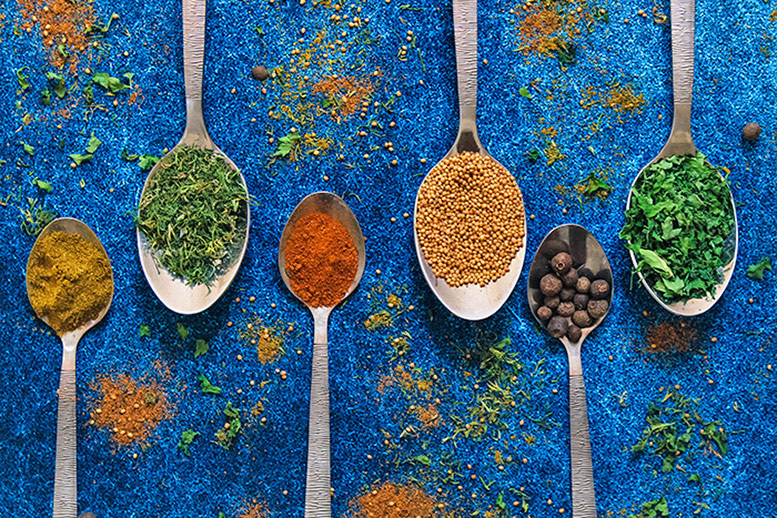
Throughout history spices have been a commonly traded item, early records show that black pepper and cinnamon were traded in the Indian subcontinent since 2000 BCE. Around the same time, various herbs were traded in East Asia for their medicinal properties.
Even today in China and various other places, folk medicine involving herbs and many other things are still popular and the demand is very high (it can be expensive too as the bones of some endangered animals are known to have been used in traditional Chinese medicine).
The ancient Egyptians used herbs for the process of mummification and their high demand for exotic herbs is believed to have encouraged trading in the region.
There are records of cloves being used by the Romans (recorded by Pliny the Elder) and in Mesopotamia.
Nutmeg which originated in Southeast Asia was introduced to Europe in the 6th century BCE, this shows how much the spice trade had grown by this period and how popular the demand for exotic spices was.
Although herbs and spices were being traded in Asia and Africa for many centuries, the demand for them rapidly rose in medieval Europe as medical practices changed. Medieval European medicine required many different kinds of herbs and spices but there was one setback, most of them couldn’t be grown or produced in the colder European climate.
As a result of this, spice traders from all over the world came to Europe and acquired vast fortunes. It is also recorded that after the Crusades, out of the items that were looted and taken back to Europe, spices were among them, thus showing their importance to the Europeans.
Nowadays, almost every food business uses some sort of herbs and spices.
Popular Types of Herbs
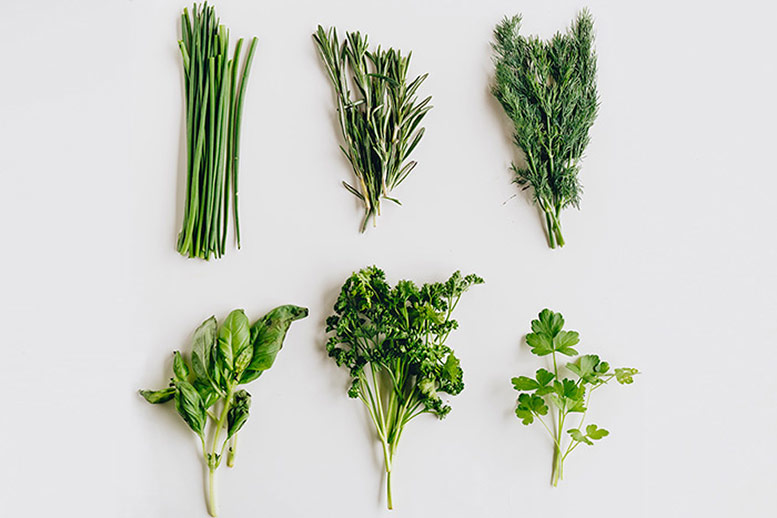
Basil – Native to tropical regions such as Central Africa and Southeast Asia, basil is used in cooking all around the world. One of its more notable uses is in Italian cuisine as it is great paired with tomatoes in pasta sauces.
Lemongrass – Officially known as Cymbopogon, (but lemongrass sounds tastier), lemongrass is commonly used in Southeast Asian cooking. It has a fresh, citrusy taste and is used to balance out the flavours of seafood. Lemongrass is used in Chinese cooking and also pairs with meat and chicken.
Parsley – Native to Mediterranean regions, leaf parsley is used as a garnish in cooking all over the world and its fresh, herby taste makes it ideal for use in a spicy curry. Parsley is used in tabbouleh, a Levantine salad.
Another type of parsley is root parsley which is classed as a vegetable. It is used in Eastern European cooking and is added to soups or eaten as a snack. Root parsley is rarely used in Britain or the USA.
Mint – Also known as mentha, mint is grown all over the world and has an extremely refreshing taste. It is used in all sorts of cooking and is also popular in the form of tea. In Britain, mint sauce is sometimes eaten with roast dinners as the fresh taste of mint tends to go well with lamb, whereas in hotter countries, mint is chopped up and added to cooling salads.
Rosemary – Aside from being a decorative plant, the leaves of rosemary are used in cooking and have a distinctive flavour which makes it a perfect seasoning for different kinds of meat including lamb and beef. Rosemary is also known to improve the shelf life of other food.
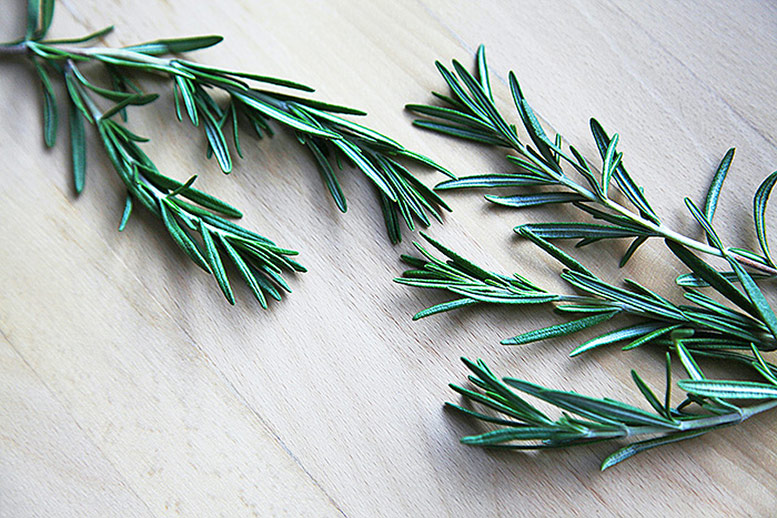
Oregano – Oregano has a bitter taste but varieties grown in colder regions tend to have a weaker flavour. Oregano is used in Turkish cooking to flavour meat and also in Italian cooking. This herb became popular in the USA after World War 2 when American soldiers brought it back to their country after trying it in Italy, they dubbed it the “pizza herb”.
Thyme - Used by the ancient Egyptians for embalming and the ancient Greeks for bathing, thyme is now a common herb used in cooking such as the Middle Eastern spice mixture known as za’atar.
Sage – Long gone are the days when the herb; sage was only used as a ward against evil. Sage is regarded as an essential herb and is used in English and French cuisine, but is more often used to make herbal tea in Turkey.
Chives – One of the 'fines herbes' of French cuisine and used in many other countries too, chives are famously paired with sour cream in the Swedish gräddfil sauce (it is also a popular crisp flavour!).
Cilantro – Commonly known as coriander or dhania, the leaves, and seeds of this herb are used as a garnish and in a wide variety of chutneys and sauces. Coriander is an essential herb in Pakistani and Indian cuisines.
Popular Types of Spices
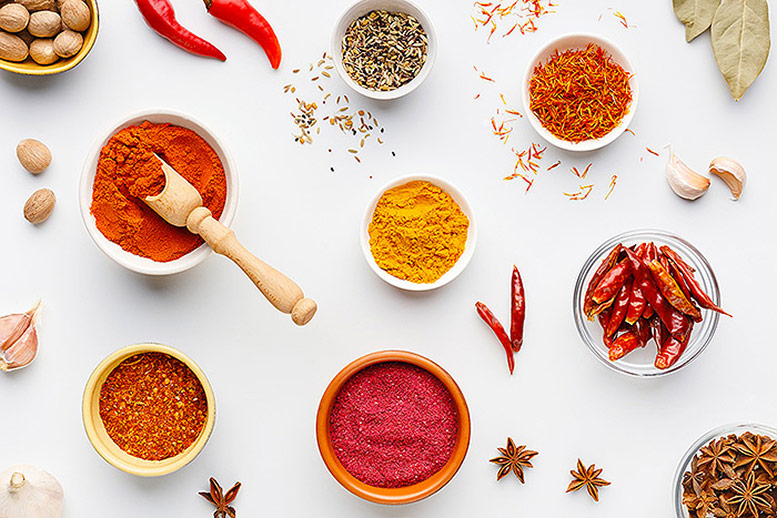
Sumac – A red powder that is made from ground sumac drupes, sumac is popularly used in Middle Eastern cooking and has a distinctive, tangy flavour.
Allspice – Also known as pimento, allspice is an essential spice in Caribbean cuisine and it is the main ingredient in the world-famous Jamaican jerk chicken. It is also used in South Asian and Middle Eastern cuisine in many meat dishes and stews, including Paye, Kabsa, Shahi Seekh Kabab, Murgh Chole, Karahi, Desi Murgh Salan, and even Coconut Stuffed Okra. Spices of pepper, cloves, cinnamon, and nutmeg combine to create this Central American and West Indian favourite. Traditionally, the spice is obtained by sun-drying berries that grow on the Pimenta dioica tree.
Allspice blends can be stored in muslin bags. With its dried and crushed berries, it is commonly used for making pickles and chutneys. Stews and soups can also benefit from the flavour of allspice berries. When allspice and cinnamon are combined, it gives a potpourri of spicy fragrance as well.
Chilli powder – Chilli powder is made from ground chilli peppers and there are many different varieties depending on which type of chilli pepper was used. It is used all over the world to add a fiery kick to food.
Paprika – Unlike chilli powder, paprika is made from milder peppers to produce a sweeter taste. It is used in Hungarian, Moroccan, and Portuguese cooking. Paprika is sometimes sprinkled raw as a garnish but the flavour is more intense when it is cooked, hence the demand for roasted paprika.
Garam masala – There are many different recipes for garam masala depending on the region it comes from but it is used throughout Pakistan and India. Garam masala is a mixture of ground spices and has a strong, distinctive taste.
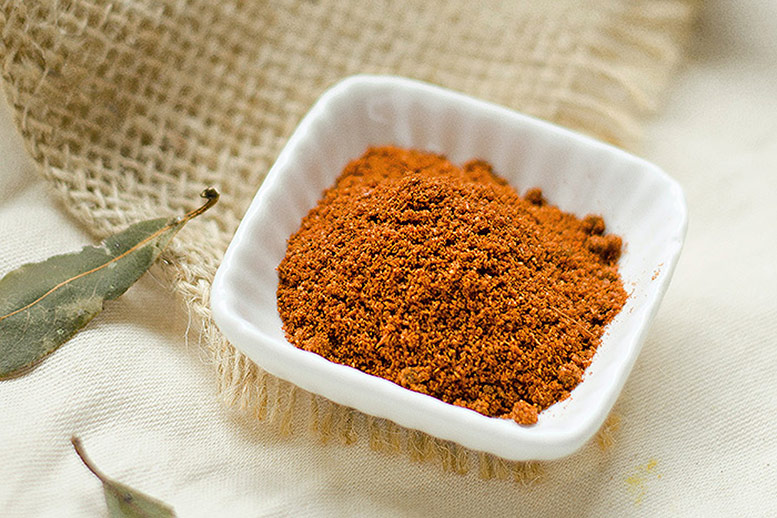
Saffron – The most expensive spice in the world, saffron is used in cooking all over the world. It takes approximately two football pitch-size pieces of land full of saffron to produce a kilogram of the spice, hand-picked that is.
Cinnamon – Produced from the bark of particular types of trees, cinnamon is another spice used all around the world in savoury and sweet dishes.
Turmeric – Coming from a plant in the same family as ginger, turmeric is a crucial part of Asian cooking and its bright yellow colour, which can also be used as a dye, is used to add colour to dishes. Turmeric is also believed to have many healing properties and is used extensively in Pakistan where it is known as Haldi.
Ginger – Used in both food and medicine, ginger is an essential spice and be added to a wide variety of dishes, spice mixtures, and teas. Ginger has a strong flavour but is used to soothe the throat.
Cumin – The seeds from a particular flowering plant, cumin has a distinctive flavour and aroma, it is sometimes used in chilli powder. Either whole seeds can be used or ground cumin depending on preference.
Find out more tips from experts on using herbs and spices at home, including hints on which herbs and spices work well together and which ones don't.



